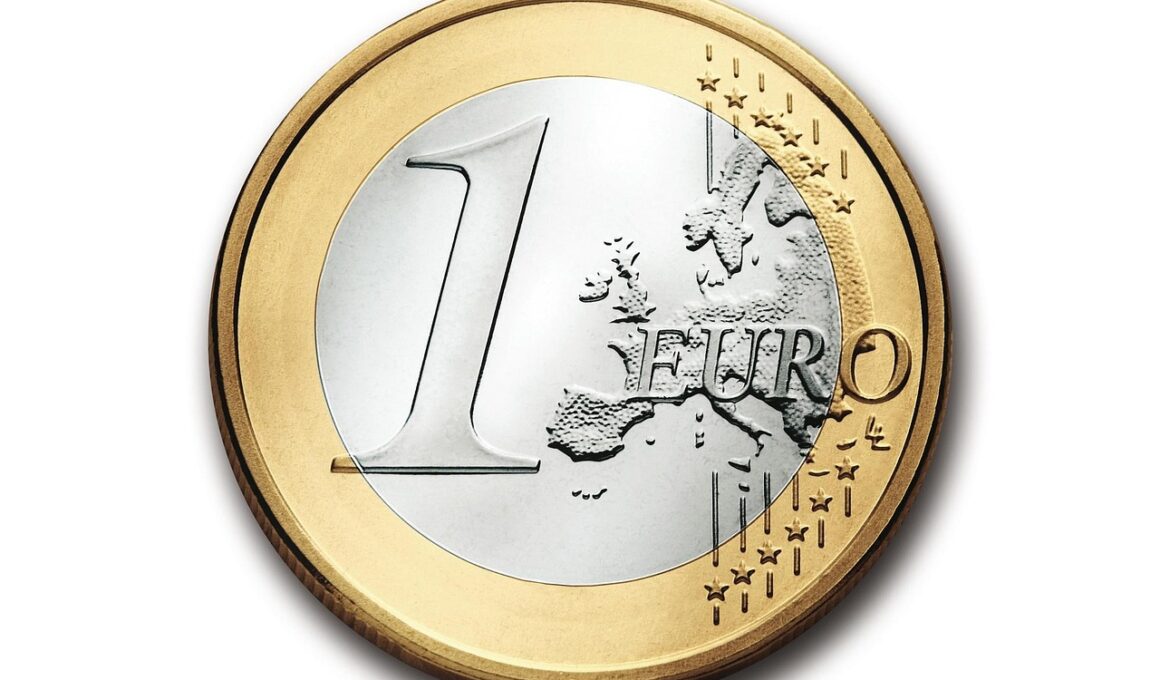The Intersection of Finance and Marketing in Incentive Design
In today’s highly competitive market, understanding the intersection between finance and marketing is crucial for effective incentive design. Companies today are challenged not only to attract new customers but also to retain existing ones. Brand loyalty is increasingly becoming a focal point for marketers aiming to secure long-term relationships with their clientele. Incentive programs, successfully designed, offer a tested means for encouraging customer loyalty. By integrating psychological insights with financial strategies, businesses can implement rewards that resonate well with their target audience. Customers are looking for value, which can come in various forms. These might include cashback offers, loyalty points, discounts, or exclusive access to products and services. For an incentive program to work effectively, it must be both appealing and relevant to consumers. Therefore, businesses need to invest time in segmenting their customers based on behavior and preferences. Analyzing this data allows companies to tailor their incentive offerings in ways that significantly enhance customer satisfaction. On the financial side, responsible budgeting is also essential for ensuring that these reward systems are sustainable over time. A well-balanced approach will ultimately increase overall brand loyalty.
Effective incentive strategies must leverage emotional connections effectively while maintaining financial viability. A customer who feels valued is more likely to return, thus reinforcing brand loyalty. Integrating aspects of game mechanics can also create a more engaging customer experience. Such mechanics might include levels, badges, or leaderboards, allowing customers to feel part of a community. These elements not only provide motivation but also enhance the emotional bond with the brand. However, companies must focus on the correct balance between intrinsic and extrinsic motivations. While rewards serve as external motivators, internal satisfaction often plays a more significant role in sustaining customer loyalty. Therefore, the design of incentives should reflect an understanding of psychology, focusing on what genuinely makes customers happy. Collaboration between finance and marketing departments is vital in this regard. By sharing insights and data, companies can better allocate resources towards incentives that yield a solid return on investment. Like any marketing strategy, constant evaluation is essential. By measuring the effectiveness of the rewards offered, firms can optimize their programs, ensuring that the financial output aligns with marketing goals.
Understanding Customer Preferences
To design effective incentives, understanding customer preferences is fundamental. This involves gathering insights from market research and employing analytics tools to obtain data regarding consumer behavior. Knowing who the customers are, what they want, and how they spend allows companies to personalize their incentives. Incentives must feel relevant; impositions are typically less effective. For instance, a cash-back program may appeal highly to price-sensitive customers. Alternatively, exclusive access to events may attract those who favor unique experiences over monetary rewards. Key to understanding these differences is segmenting the customer base into specific groups, each with unique motivations. Businesses should not shy away from pilot programs to gather real-time feedback. This iterative approach can lead to insightful adjustments and pave the way toward more successful engagement. The marketing team can work closely with finance to ensure these tailored reward programs stay within budget. Moreover, technology can also play a role in streamlining the process. The use of mobile apps or platforms helps in delivering the incentives efficiently while allowing for easy tracking and management of customer engagements.
Furthermore, organizations should continuously track consumer preferences and market trends. As preferences shift, incentive programs may require adjustments to stay relevant. Flexibility in program design can enhance responsiveness to these changes. For example, integrating a variety of reward options can cater to diverse tastes within the same target demographic. Offers could range from discount coupons, points for future purchases, to exclusive access to limited-time products or services. Creating tiered loyalty structures is another effective approach. By segmenting customers based on their purchasing habits, businesses can incentivize higher spending by offering more desirable rewards at higher tiers. This method not only boosts customer retention but also encourages greater expenditure. While high-quality products and services are vital, incentives serve as the finishing touch that can sway customer decisions. A well-structured program strengthens brand loyalty while supporting the business financially. Testing and learning from previous campaigns will lead to more successful future initiatives. Keeping communication lines open between departments ensures a holistic view of what customers value most in an incentive program.
The Role of Technology
Technology plays a pivotal role in modern incentive design, serving as a bridge between finance and marketing. Automated systems can help streamline the process of reward distribution and tracking. Technologies like CRM software can analyze customer interactions, allowing businesses to better understand purchasing patterns. Leveraging data analytics solutions enables the segmentation of the customer base in more effective ways, allowing for targeted promotions. Moreover, consumers today want instant gratification; therefore, timely delivery of rewards grows increasingly important. Mobile applications can heighten consumer interactions by integrating incentive programs directly into the shopping experience. With the touch of a button, customers can view available rewards, redeem points, and even receive tailored offers based on their purchasing history. This engagement fosters a sense of community, enhancing brand loyalty further. Influencer marketing is another area where technology enhances the reach of incentive programs. Collaborating with social media influencers brings new exposure to target demographics, drawing customers to brands that offer appealing incentives. As technology evolves so too should incentive strategies, continually adapting to maintain consumer interest and engagement to maximize potential financial returns.
Financial metrics must also align with marketing objectives in assessing the effectiveness of incentives. Businesses often utilize analytics to determine factors such as customer retention rates, average transaction values, and overall satisfaction. Understanding these metrics enables finance teams to ascertain whether the costs associated with incentive programs yield a satisfactory return on investment. The integration of marketing strategies with financial planning promotes a more comprehensive view of business performance. It ensures any investment in customer loyalty generates tangible benefits leading to revenue growth. Sophisticated data models can even predict future spending based on past behaviors, allowing for proactive adjustments to incentive offerings. Regular reviews and audits of incentive programs ensure they remain aligned with business goals. Companies must engage in both qualitative and quantitative assessments to gauge customer response and willingness to participate in incentive schemes. Feedback, surveys, and direct customer dialogue are all essential elements of gathering insights. Consistent adaptations of the incentive structure foster ongoing customer interest and attachment to the brand, reinforcing loyalty that leads to long-term engagement.
Concluding Thoughts
In conclusion, the intersection of finance and marketing in incentive design is vital for fostering brand loyalty. Companies must create programs that are not only engaging but also financially sustainable. These initiatives require a careful examination of customer preferences, emotional drivers, and market dynamics. It is essential to adopt a data-driven approach to ensuring that incentives resonate well across different demographics. Implementing technology can facilitate a smoother delivery of incentives while enabling the collection of valuable insights for future adjustments. Collaborating between finance and marketing departments will enhance the efficacy of these programs, allowing for a clear understanding of how incentive strategies directly impact financial performance. The ultimate goal of any brand loyalty initiative is to create a deeper connection with customers. By offering relevant incentives, businesses not only encourage repeat purchases but can effectively secure lifelong customers. Through continuous evaluation, companies can keep their incentive programs fresh and adaptable, ensuring they remain competitive in a swiftly changing marketplace. Therefore, investing time and resources into incentive strategies must be viewed as a pivotal element of any successful marketing strategy aimed at building and maintaining brand loyalty.
Exploring the integration of finance and marketing in incentive design highlights the importance of a cohesive strategy in enhancing brand loyalty. Successful organizations recognize that loyal customers are more than just repeat purchases; they are advocates who influence potential consumers. When incentivized effectively, customers become voluntary marketers for the brand, promoting it to their circles. Therefore, understanding how to create appealing rewards that align with their values becomes paramount. Each incentive design must echo the brand’s positioning and speaking to the customer’s overarching desires and needs. In summary, navigating the nuances of incentive design creates a fine balance between financial prudence and innovative marketing strategies, ultimately benefiting both finance and marketing units in achieving their organizational goals.


